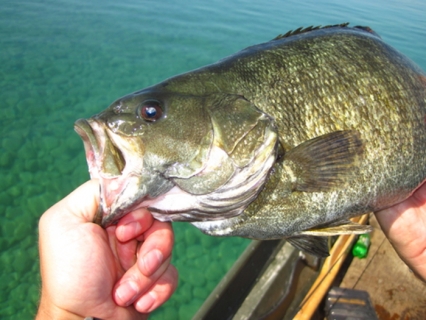
No matter how many years you’ve spent on the water, tangles in your line will happen. Even the pros get backlashes now and then, so don’t feel too bad if your own reel collects a bird’s nest of line. Here are the most common causes of line tangles and how you can avoid them.
Also Read How to Choose the Right Fishing Line
Overfilling your reel’s spool is one of the most common causes of tangles. The problem with fishing line is that, due to the coil it takes on while on the reel, it’s constantly fighting to uncoil itself, which makes it more likely to fly off the spool, even with just a little bit of slack.
Many anglers compensate for this by simply leaving up to a ¼-inch of spool showing when they spool the line, but some don’t like this because it leaves them with a spool that’s less than full. You just have to decide which is more important: a few dozen more yards of line, or a reduced risk of tangling.
Putting the line on your reel incorrectly will result in line twists, which result in line tangles. Set the spool of new fishing line down with the label facing up with the line coming off the spool counter-clockwise. Start the process by threading the line through your rod’s line guides and then tie an anchor knot to the spool. Then, reel steadily, keeping constant pressure on the fishing line with your fingers in front of the spool. If the fishing line begins to twist, stop and turn the spool over to lay it flat.
Also Read How to Select the Right Fly Fishing Line
Be sure not to allow small loops to form, or let the fishing line twist near the rod tip, as well. You can, of course, take your spools to your local outdoor retailer and have them spool the reels for you with their spooling stations, or purchase a portable line spooling tool yourself.
Using the wrong fishing line can also create tangles. For instance, spinning reels tend to perform better with limper line, such as braided line. This doesn’t mean you can’t use other line types, but mono and fluorocarbon can be an issue, due to their line memory. Treat such lines with line treatment spray and be sure to get a good amount of casts in to straighten them out. Line size will also influence casting distance of a spinning reel. Smaller diameter lines almost always cast easier and farther and will also sit better on the spool.
Having the drag set incorrectly can cause tangles, as well. A spinning reel with the brake set too loosely will let out fishing line too easily, and will cause you to reel against the line going out, twisting the line. The correct drag setting should be set to 25% breaking strength of the fishing line.
Twists and tangles in your fishing line are common, but you can still take measures to reduce the risk of dealing with these annoyances. Making sure to put fishing line on correctly, using a high quality swivel, and setting the drag appropriately are just a few ways you can assure that you don’t face a nest of loose line the next time you hit the water.
See Related Stories on Fishing
-
Spring Fishing Guide
-
Choosing the Right Fishing Rod Action
-
Go-To Lures for Early Spring Bass
-
4 Free Fishing Apps You Need to Download
Fish gallery
-
Fishing Files

-
Striped Bass
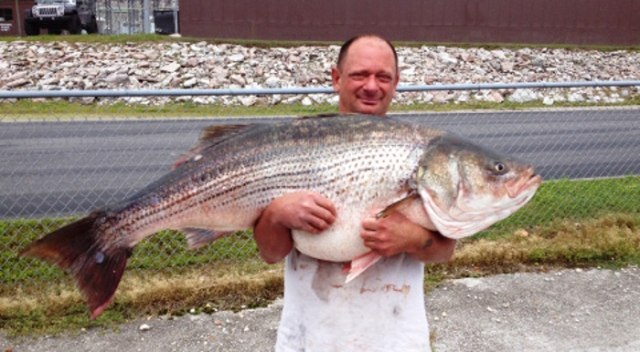
-
Fishing Files

-
Smallmouth Bass

-
Fishing Files
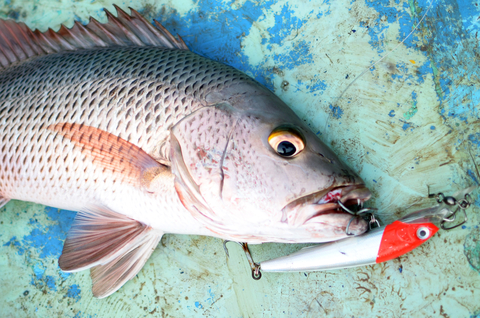
-
Fishing Files

-
Largemouth Bass

-
Fish fail in Russia

-
Bait fish

-
Fishing the weeds

-
Fishing Waders

-
Old Man Fishing
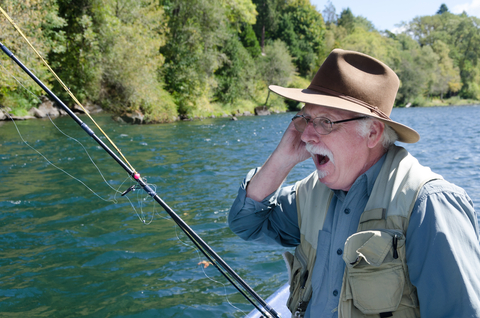
-
Fishing
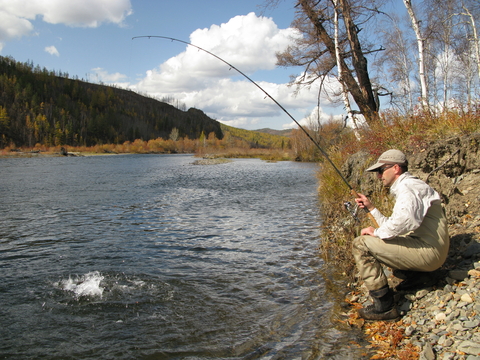
-
City Fishing

-
Fishing the cold

-
Fishing sunset

-
Bank fishing

-
Day glow fishing boat

-
Fishing Pro

-
Fishing

-
Fly fishing

-
Fishing Files

-
Fishing Files
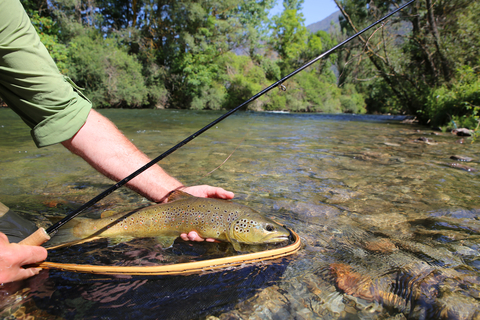
-
Fly reel

-
Gar Fish

-
Golden Trout

-
Ice Auger

-
Ice Fishing

-
Halibut

-
Bass Fish

-
Lobster Dog

-
Marlin Fishing

-
Muskie

-
Fishing Files

-
Nymph

-
Oarfish

-
Obama Fishing

-
Panfish

-
Pelican

-
Fishing Files

-
Fishing Files

-
Fishing Files

-
Fishing Files

-
Fishing Files

-
Fishing Files

-
Fishing Files

-
Fishing Files

-
Fishing Files

-
Snakehead

-
Spinner Shark

-
Spotted Bass

-
Striped Bass

-
Sturgeon

-
Fishing Files

-
Trout Fishing

-
Fishing Files

-
Fishing Files

-
Fishing Files

-
Fishing Files

-
Northern Pike

-
School of Karanteen

-
Walleye

-
Goliath Grouper

-
Barracuda

-
European Chub

-
Drum Fish

-
Grouper

-
Blue Catfish

-
Catfish

-
Star Puffer Fish

-
Napoleon Fish

-
Smoked Trout

-
Perch
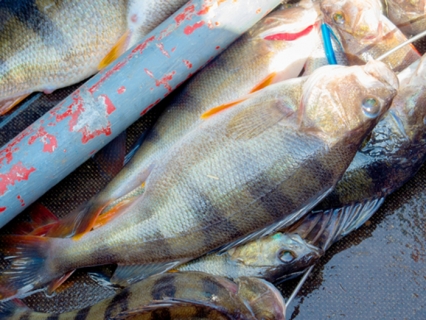
-
Smallmouth Bass
